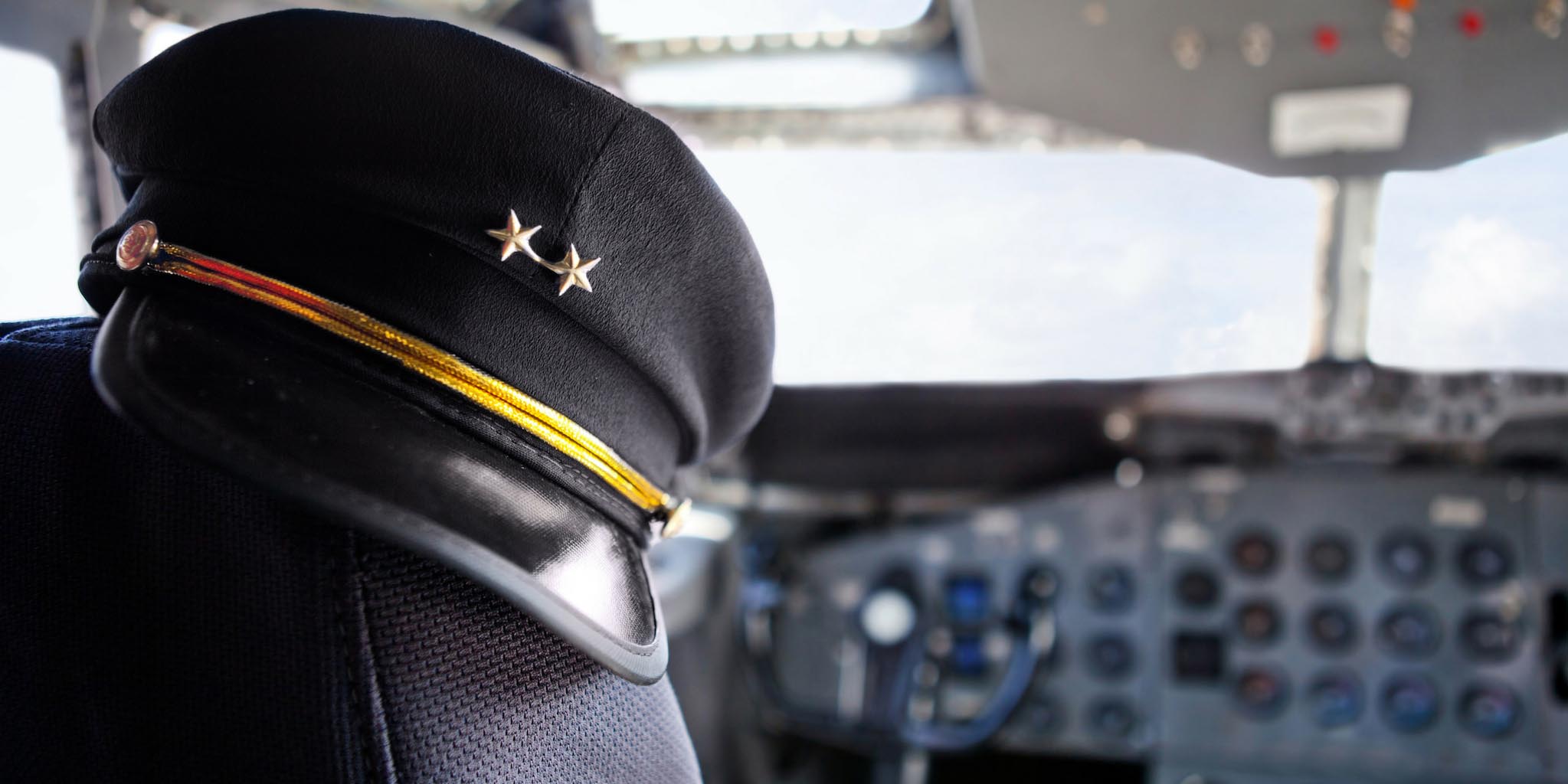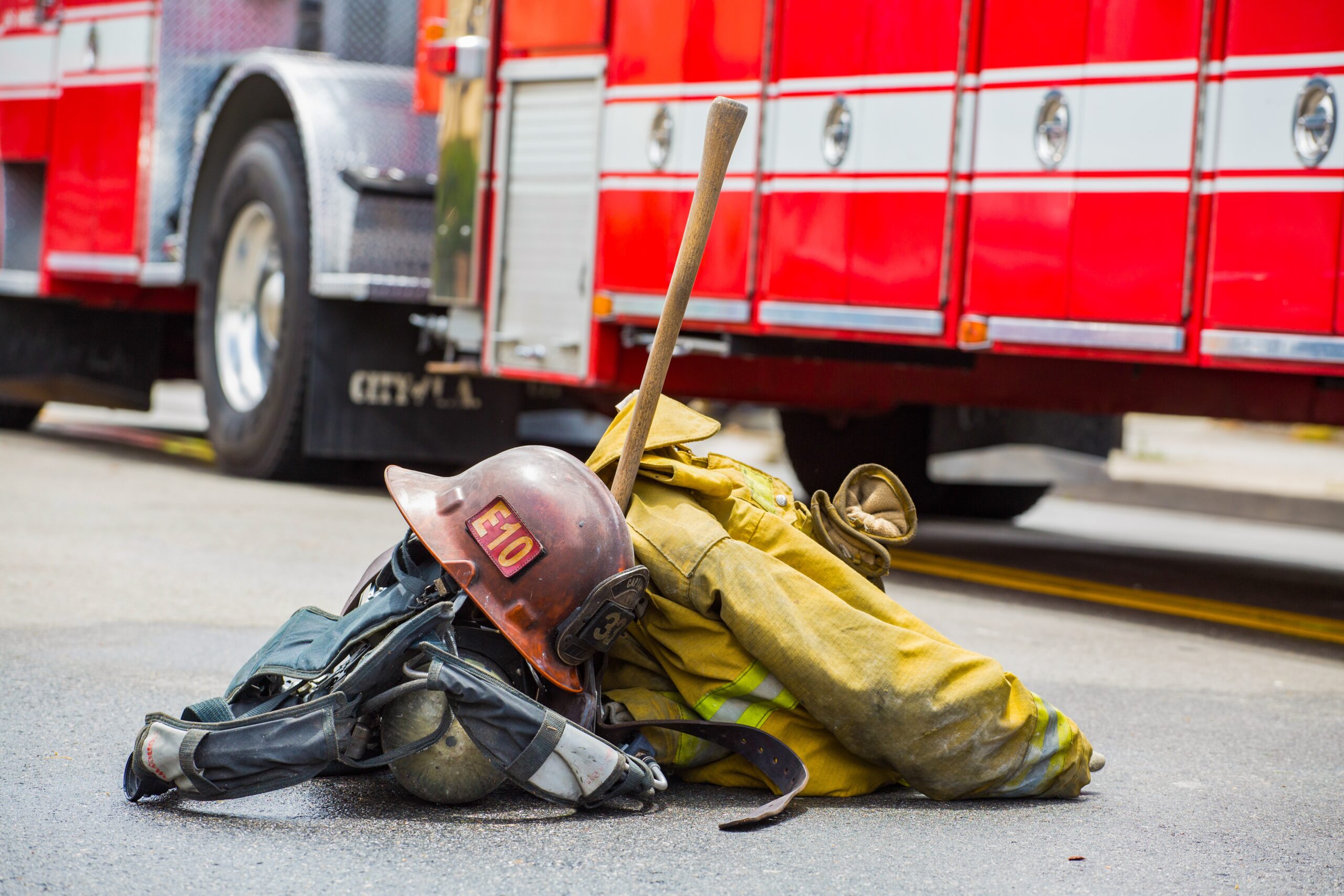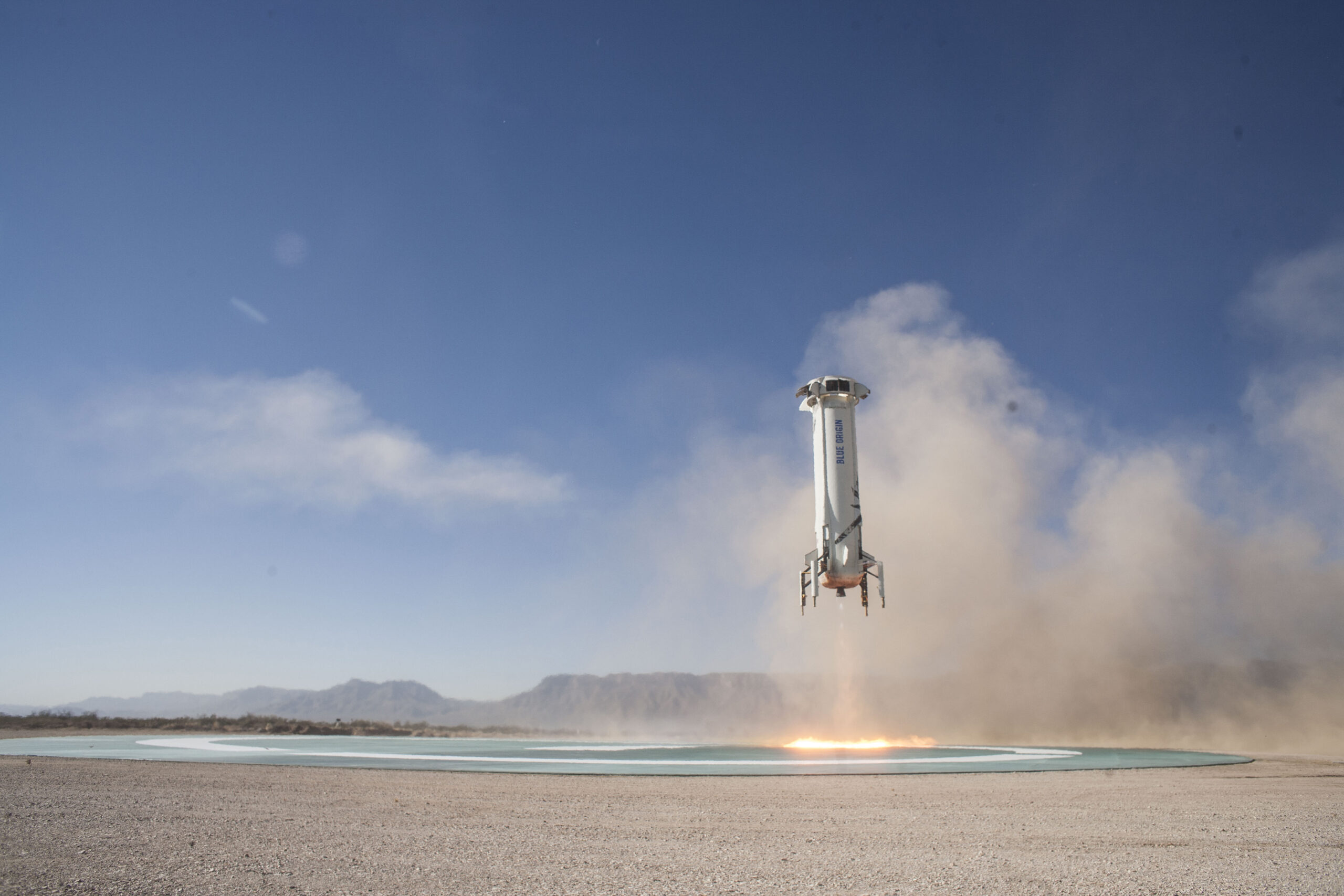To handle an increased production rate of 47 jets per month (up from 42), Boeing proudly promotes their new automated assembly lines in its Renton factory. Vice president and general manager Keith Leverkuhn spoke enthusiastically about the future of aviation technology, mentioning upcoming MAX 9 and possibly MAX 10 models that would seat 199+ passengers. The future was looking very bright, but would it be safe.
”Boeing ramps up automation, innovation as it readies 737MAX,” the headline of The Seattle Times article read. It was February 14, 2017 and the aviation industry was excitedly gearing up for the launch of its now best-selling Boeing 737 Max 8.
“Its advanced winglets, sweeping up and down from the wingtip, set it apart from the current model 737s on the adjacent line, with their traditional upward-swept winglets,” the article boasted. “Also, very different [are] the MAX’s new LEAP engines. With a fan diameter of more than 69 inches, the LEAP [seems] to dwarf the older CFM-56 engine, with its 61-inch fan, on a nearby current model 737-900ER.”
The next headline was not so bright.
Fast forward to November 8, 2018. The Seattle Times published another article about the jet. This one titled “Scrutiny of Lion Air crash turns to automated systems that command Boeing 737 pitch”.
Less than three months after one of these Max 8 passenger planes was delivered to Indonesia’s Lion Air, it nosedived at 400 m.p.h. into the waters of the Java Sea. The force at which it slammed into the water was so strong that many of the plane’s metal fittings were reduced to powder. All 189 people on board were lost.
Investigators haven’t made a conclusion about what factors caused the disaster yet, but they do know that in the days before the crash the plane experienced repeated issues with systems that may have caused the nosedive. In particular, they pointed out that there’s a sensor that tells the pilots and the computers on board the plane’s “angle of attack”. This is the angle between the plane’s wing and the flow of air that it’s moving through. As a plane climbs, it has a high angle of attack. If it’s too high, the plane stalls. If the sensor is providing a false angle to the pilots and computers – for example, reporting that the nose is too high when it’s not – an automatic system puts the plane’s nose down. It also causes a minimum speed indicator to show that the plane is close to stalling. In this case, the pilot’s control column begins shaking in warning, but airspeed indicators don’t show the same issue. Even if the pilots are able to use all of their bodily strength to correct the error, the failure can keep repeating every 10 seconds.
Training is never a solution for bad design.
While investigators aren’t 100% sure if this sensor issue caused the crash, it was enough for Boeing and the Federal Aviation Administration to issue a safety warning this week to all airlines operating the Max 8. In it, they mention that the Max 8’s new system (which is different from previous 737’s systems) corrects the nose angle automatically to prevent planes from stalling (which is one of the top reasons for plane crashes). This new system can push the nose down for 10 seconds without authorization from the pilot. The warning instructs pilots what to do if there’s an instrument failure.
This type of fix is not a permanent solution. It is unacceptable not only to pilots, but to Max 8 passengers all over the globe. End users should never be responsible for correcting bad design – especially when the bad design can lead to fatal events.
Innovation isn’t about technology, it’s about adding value to something.
The Max 8, which has been advertised by Boeing to bring “the latest technology to the most popular jet aircraft of all time”, is a design failure in the sense that it introduces a serious safety risk to users that wasn’t present in previous designs. Even if the sensor issue wasn’t the cause of the crash, the fact remains that pilots are not responsible for making up for a design that doesn’t work and is extremely dangerous. Just because – according to Boeing’s website – it has “modern sculpted sidewalls and window reveals, LED lighting that enhances the sense of spaciousness and larger pivoting overhead storage bins” does not make it innovative. To be truly innovative, the Max 8 would have been designed based on an understanding of its end user – the pilot – and how to design out the potential for catastrophic failures. For the 189 people who died and their families, it is an awful tragedy that had the potential to have been avoided through better design measures and safeguards.
In aviation, there’s no room for error.






